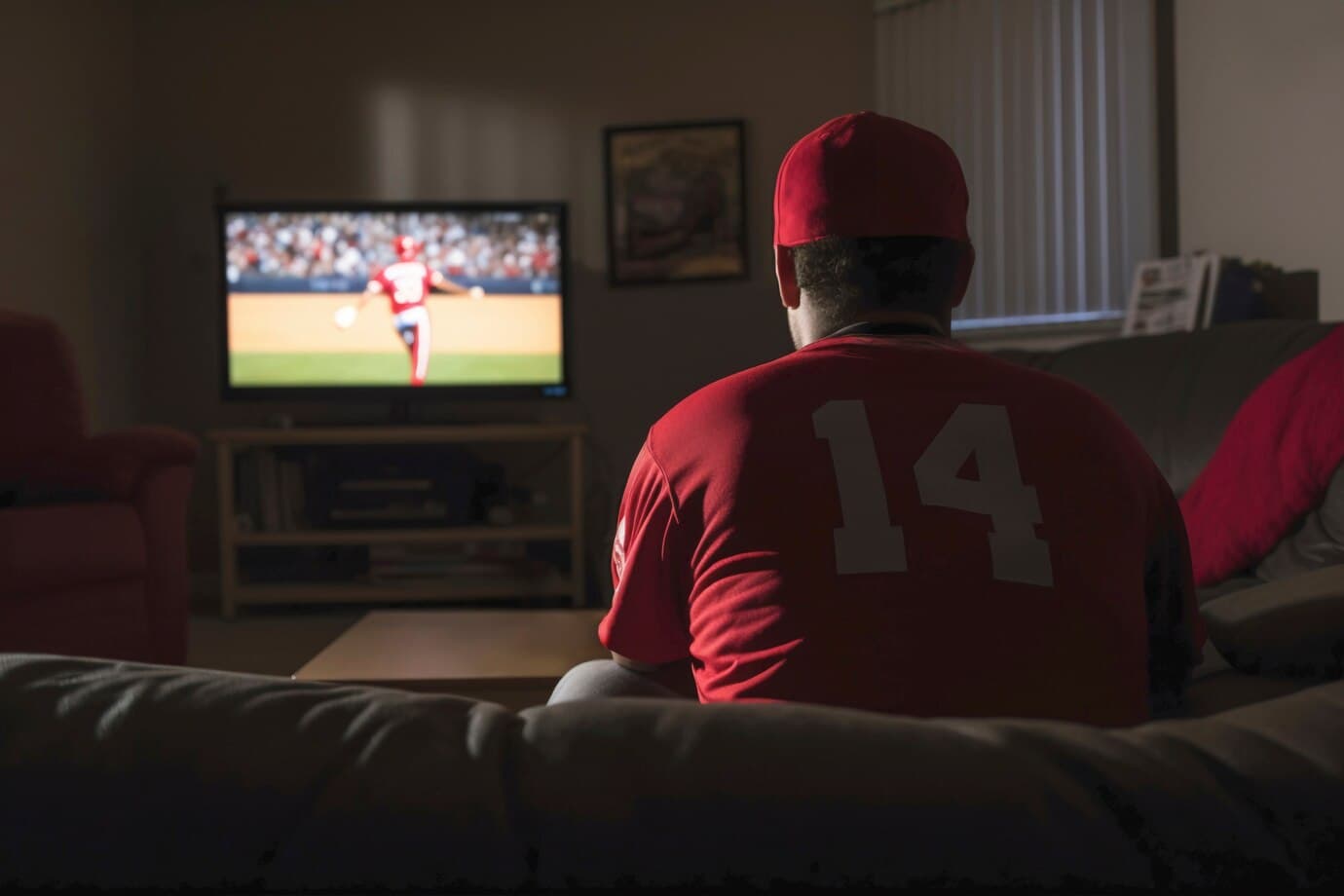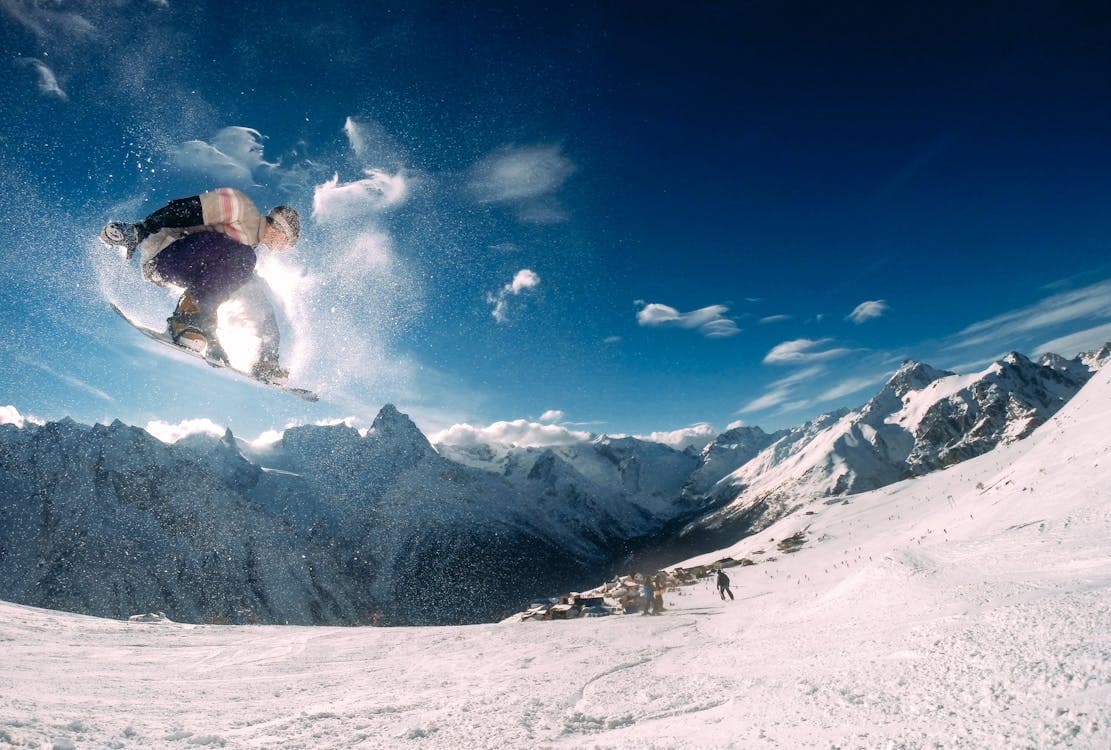Curling is an Olympic team sport in which teams must take turns launching special stones across the ice toward a target (“home”) while trying to push out the opponent’s stones.
History of curling
Curling history originates in Scotland, it was there at the bottom of a dried up lake in Dunblane a curling iron was found with the date of manufacture (1511) written on it. In 1457 the Scottish Parliament issued a decree forbidding a number of games as it was believed that they distract people from going to church and practicing archery. Curling did not fall under the ban, most likely this is what gave the impetus to its development.
Around the same time in the Netherlands there was a game similar to curling – icestock, its image is present in the paintings of Peter Bruegel dated 1565. In XVI century the citizens of Kislit (Scotland) founded a curling society and the first official club of curling players appeared in 1716. Even in Kislit there is an artificial dam of 250 by 100 meters, which served as a curling field. Originally ordinary stones were used for the game, which more or less fit the shape.
There are records of Darvel weavers playing curling with stone weights that were used in looms. The first rules for curling were formulated in 1804 at the Duddingston Club. In 1838, the first curling association was formed in Edinburgh and was called the Caledonian Curling Club Principal. The association was tasked with standardizing the rules and playing equipment. As a result, the shape of the curling stone acquired a modern look: diameter 29.2 cm, height 11.4 cm and weight 19.96 kg. The first World Curling Championships for men were held in Foulkerke and Edinburgh in 1959, and for women in 1979 in Perth, Scotland. Since 1975 the world championships became regular. Curling made its Olympic debut at the Nagano Olympics in 1998.
Curling rules
A team consists of 4 players. Each player performs two throws in each end in a certain sequence, alternating with an opponent. The game consists of 10 “Ends”, as they are called in curling periods. In each end, teams must run eight stones at a target, throwing stones take turns. The right of the first throw is determined by a draw. The team making the first throw has the right to choose the color of stones for the game. The casting order is maintained until one of the teams wins an end, and the winner of the previous end gets the first shot in the next end.
The goal of each throw is to get a stone as close to the center of the house as possible or to push the opponent’s stones out of the house. At the end of an endgame (after all the shots have been made) the team scores one point for each of its stones that are in or touching the house and are closer to the center of the house than any of the opponent’s stones.
If in the final position no one has stones in the house, the endgame ends with a zero draw and the right to the last throw is retained by the same team.
The throwing technique in curling is quite complicated and there are a lot of ways to aim the stones. According to the rules, the player must let go of the handle of the stone before it crosses the throw line, otherwise the throw does not count and the bat is removed from the game. During the first four throws of each end there is a special rule called the Free Guard Zone.
According to this rule, stones that are between the score line and the house center line but are not in the house are not allowed to be knocked out of play.



